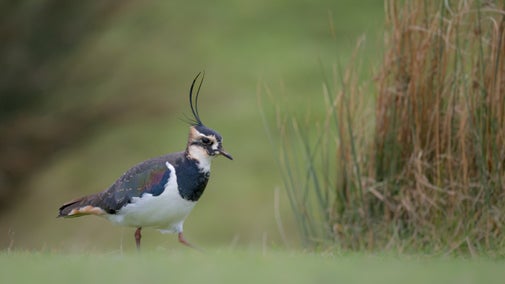What makes the Purbeck ‘Super’ NNR so special?
In March 2020, seven organisations - Natural England, RSPB, Forestry England, Rempstone Estate, Dorset Wildilfe Trust, Amphibian & Reptile Conservation and us – joined forces to ‘knit together’ 3,400 hectares of important habitats to help protect the area's delicate ecosystems, forming the Purbeck 'Super' NNR.
The Purbeck Heaths super reserve consists of a rich mosaic of lowland wet and dry heath, valley mires, acid grassland and woodland, along with coastal sand dunes, lakes and saltmarsh, making it one of the most biodiverse places in the UK. It is also home to thousands of species of wildlife, including all six native reptiles - adder, grass snake, slow worm, sand lizard, smooth snake and viviparous lizard.









